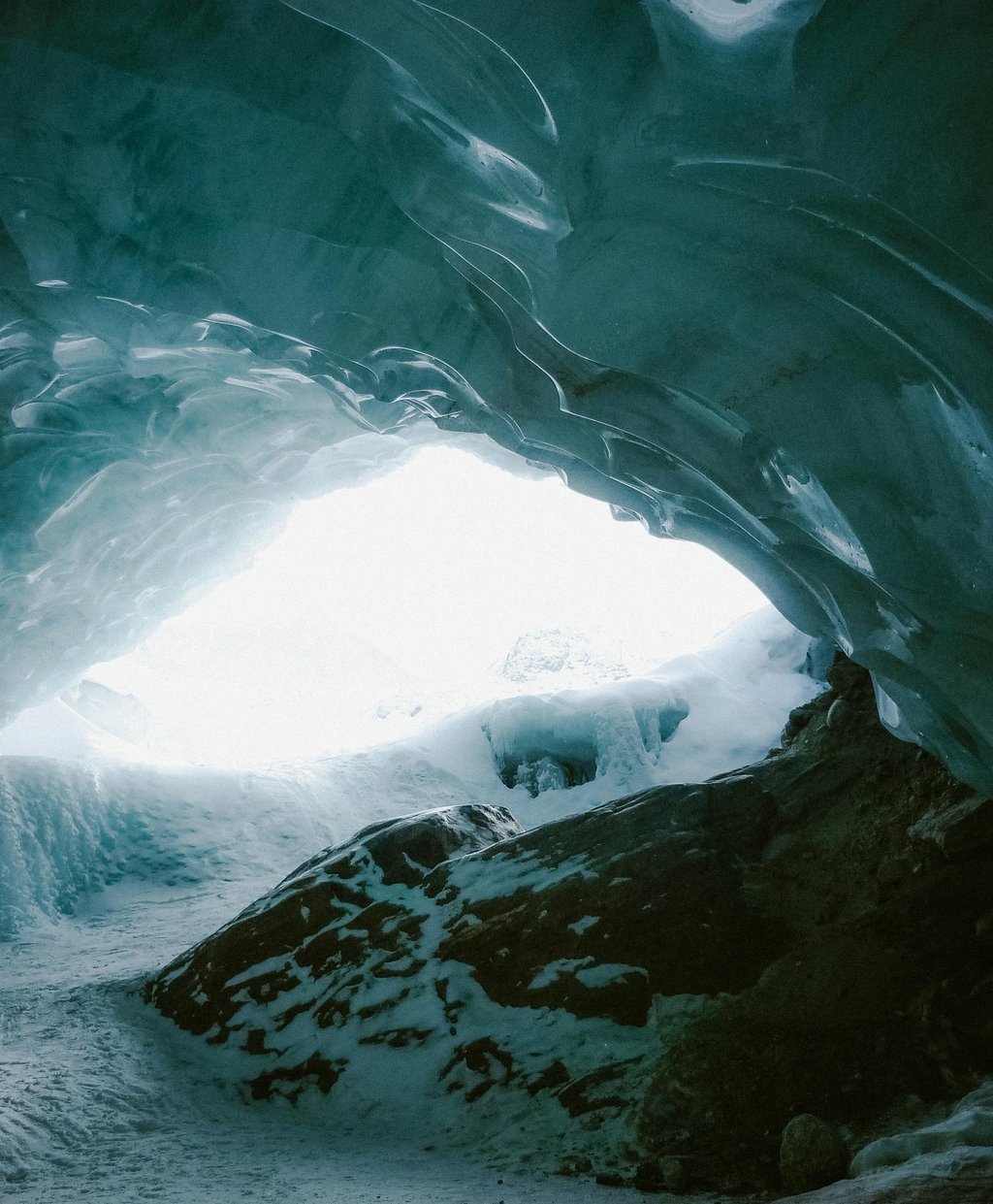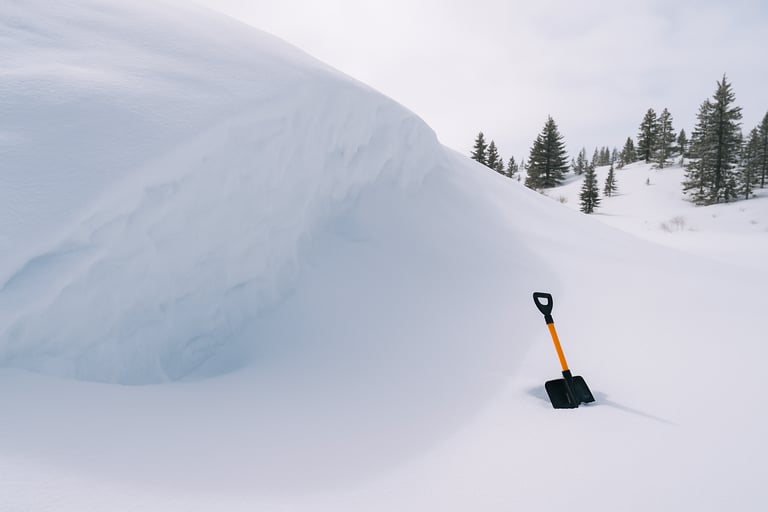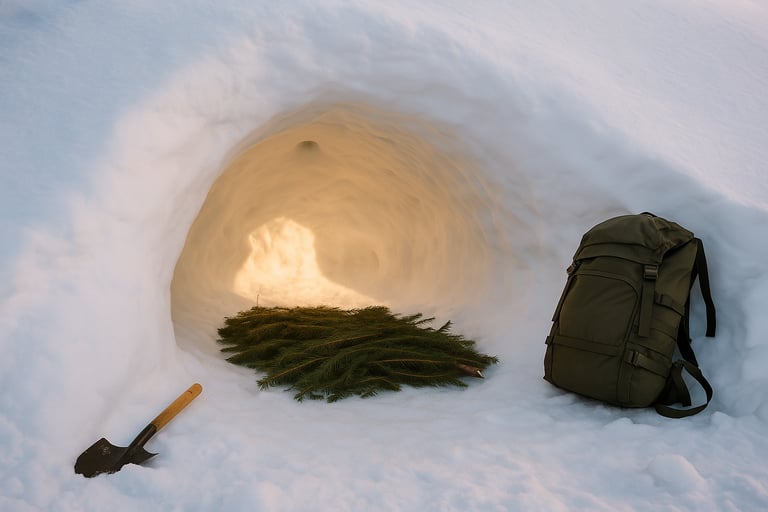How to Make a Snow Cave Shelter: Stay Warm in Deep Winter Survival Conditions
Learn how to build a snow cave shelter step-by-step for cold weather survival. This guide covers digging, insulation, and safety tips to help you stay protected and warm in deep snow emergencies.


How to Make a Snow Cave Shelter: Stay Warm in Deep Winter Survival Conditions
When you're caught in a snow-covered wilderness with few resources and no tent, a snow cave shelter can literally be a lifesaver. It may not seem like snow could provide warmth, but when structured correctly, a snow cave can trap body heat and shield you from icy winds and extreme temperatures.
Used for centuries by winter survivalists, mountaineers, and explorers, this shelter technique is all about using the insulating power of snow to your advantage. But building one correctly is crucial; if done wrong, it can be dangerous. Let’s walk through the process in a way that’s safe, simple, and effective for even beginner survivalists.
What Is a Snow Cave Shelter?
A snow cave shelter is a hollowed-out structure dug into deep, compacted snow. It’s not to be confused with a quinzhee, which is made by piling snow and letting it settle before hollowing it out. A snow cave is faster to make if you find the right conditions, but it does require technique and caution to avoid collapse or suffocation.
It works by trapping your body heat inside the snow walls, which act as natural insulation. The temperature inside a properly built snow cave can remain well above freezing, even when outside temps drop below zero.
Choosing the Right Location
Before you start digging, scout for a good spot. You need at least 4 to 6 feet of dense, wind-packed snow on a slope or drift. This depth allows you to dig horizontally into the bank while keeping the roof thick and supportive.
Avoid avalanche zones, cornices, or anywhere snow looks unstable. Stay away from areas near trees where snow may be looser or uneven. If you can find a shady north-facing slope, that’s ideal; it helps prevent melting, which can weaken the cave. For deeper snow areas or if time allows, you might also consider building a quinzhee shelter, which is a more durable alternative using a similar method.
Digging the Snow Cave
Start by digging a small entrance tunnel horizontally into the snowbank. You’ll want the entrance to be just big enough to crawl through — small openings help preserve heat. Then dig upward into the snowpack to create the main sleeping chamber.
The sleeping area should be slightly higher than the entrance. This design creates a natural cold-air trap so the warmest air stays near you. The chamber should be large enough to sit up in, with a smooth dome-shaped ceiling that curves down toward the walls to reduce dripping.
Use a small shovel or your hands to carve out the space carefully. Smooth the interior walls to help prevent melting and dripping, which can be dangerous in freezing temperatures. If you're working with someone else, take turns digging and resting to avoid exhaustion or overheating.
Once inside is complete, poke a small air hole in the roof using a stick or pole. This vent ensures fresh airflow — critical for preventing carbon dioxide buildup overnight. If snow is still falling, check the vent regularly to keep it clear.
Line the floor with pine boughs, dry clothing, or a sleeping pad if you have one. Or build a dedicated bough bed shelter inside your cave to provide extra insulation and keep you off the frozen ground. Any barrier between your body and the snow will make a big difference in warmth.
Safety Tips and Extra Insulation
Never light a fire inside a snow cave. The heat can melt the walls and roof, putting you at risk of collapse or asphyxiation. Instead, rely on body heat, candles, and proper insulation to stay warm.
If temperatures are extreme, you can block the cave entrance partially with a snow block or backpack, but always allow airflow. Keeping the cave ventilated is more important than trapping every bit of heat.
If you plan to stay more than one night, periodically reinforce the interior and make sure the structure remains sound. Changes in outside temperature, rain, or shifting snow can weaken it over time.
Final Thoughts on Snow Cave Shelters
Building a snow cave requires effort, but it’s one of the most reliable survival shelters in winter. With a little planning, the right tools, and knowledge of proper techniques, it can protect you from the elements when you need it most.
Whether you’re deep in backcountry snow, caught in a winter storm, or simply practicing your survival skills, a snow cave is a skill worth knowing. It might be cold outside, but with the snow on your side, you’ll be a lot safer. And if snow conditions aren't ideal, you can also create emergency shelter using a poncho or tarp setup for quick protection while scouting a safer location.




© 2025. All rights reserved About | Privacy Policy | Terms and Conditions | Affiliate Disclosure | Disclaimer


